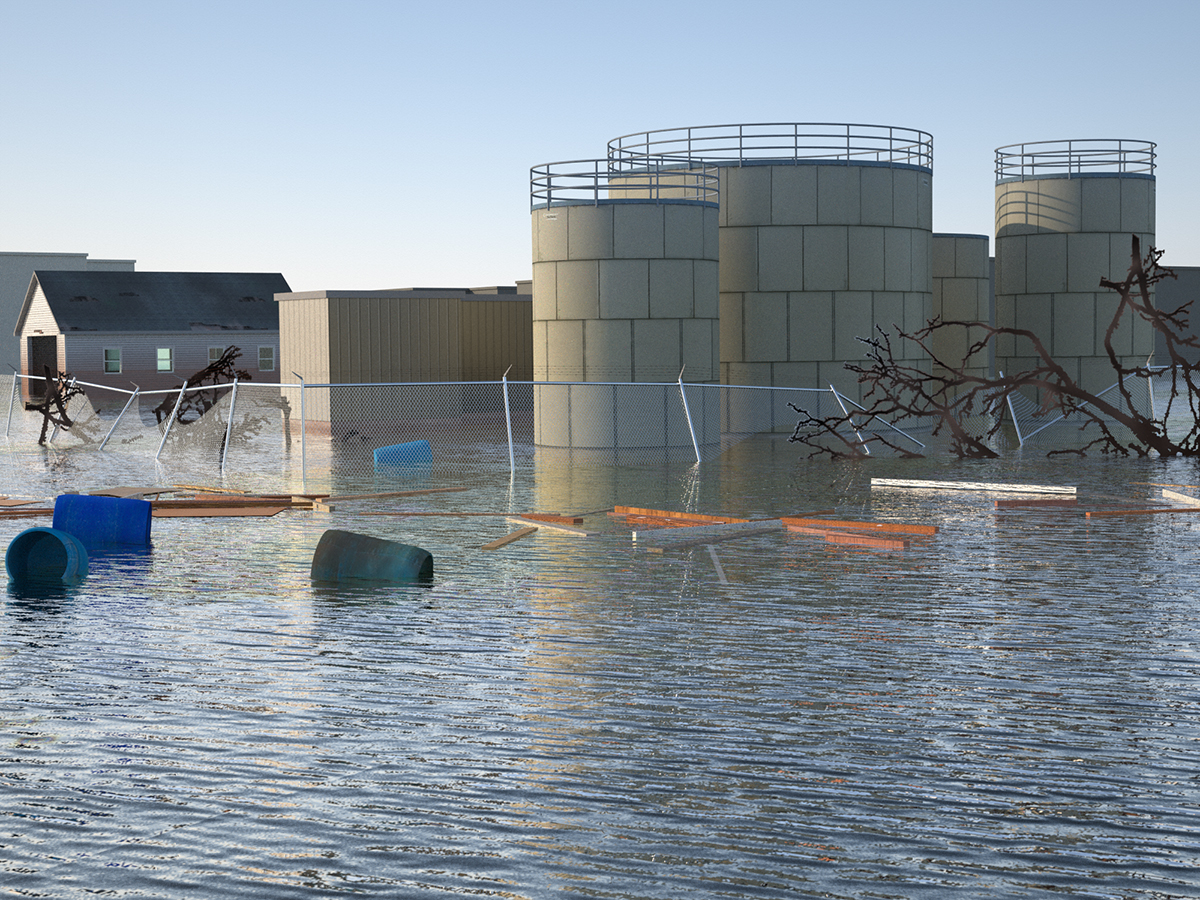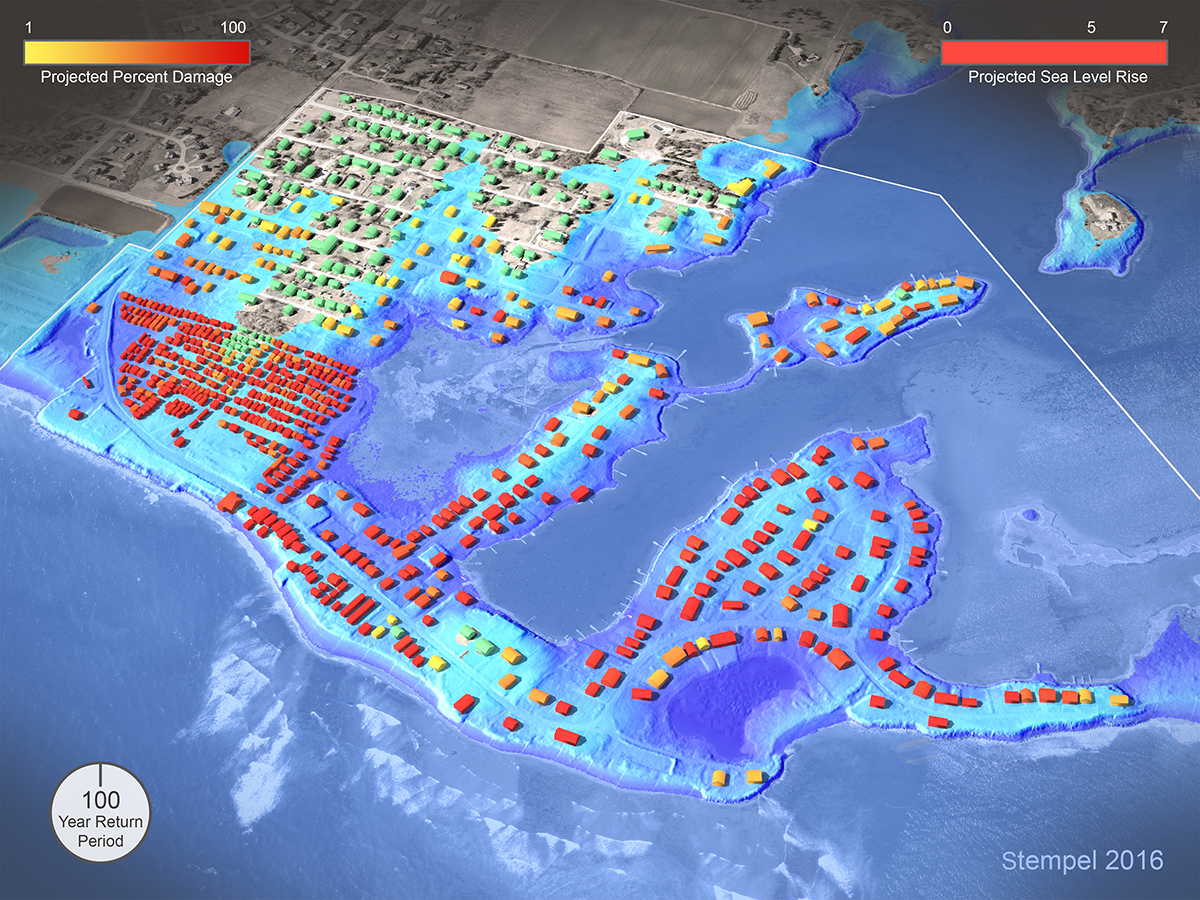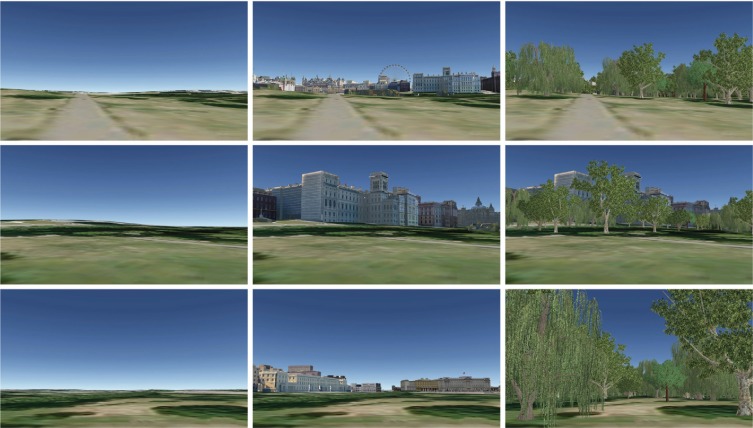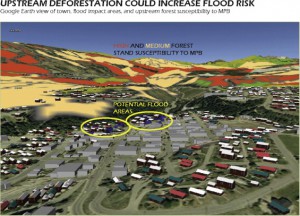Last week, the Permanent European Conference on the Study of the Rural Landscape PECSRL conference 2016 took place in Innsbruck and Seefeld (Austria). It was my first time at PECSRL and I was impressed how well organised it was. It was also a very productive time because it had merged with the autumn meeting of a COST Action network I´m in. And last not least, I liked the basic PECSRL idea to host the first two days in an urban environment, then go on a field trip, and host the last two days out in the countryside.
The presentations stood out through their great variety but most topics were not directly related to the theme of this blog. Except the presentation by Salak, Boris & Brandenburg, Christiane: Mixed method design as a supportive tool for evaluation of interactive 3D approaches to enhance objectification in wind energy planning processes in Session 5: Renewable energies in mountain landscapes: conflicts and synergies.
As part of the Windnet project, the authors and their colleagues organised expert workshops, survey and interviews with 27 wind energy relevant organisations. One part of the project addressed the use of visualizations in the workshops and the research question was: Is there a difference between the following three different visualisation techniques?
- Slideshow (low immersion)
- Interactive 3D model in game engine using a PS3 controller
- Virtual Reality w/ stereo images, running on a mobile phone
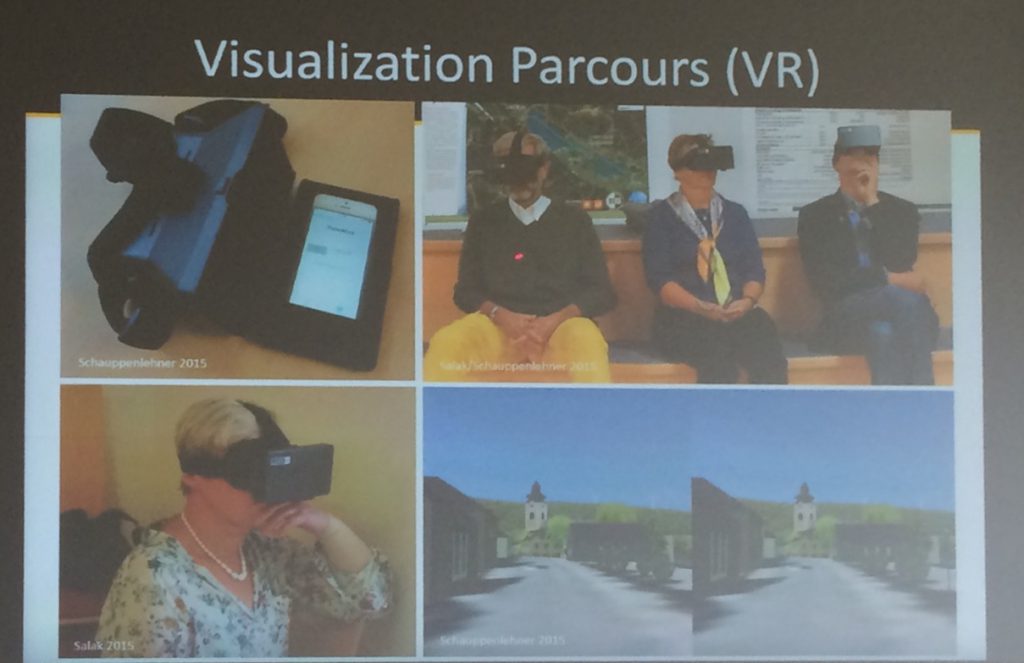
70 participants completed the visualization parcour and in summary gave the following feedback:
- Very positive feedback regarding the visualizations across all groups
- participants trust in the information 3D
- participants navigate very oriented in digital spaces
- participants visit emotional landscapes first in 3d
- participants check plausibility
- mention transparency
- technical tools supports personal imagination
- good technical equipment
The full report can be read at http://www.ssoar.info/ssoar/handle/document/47895 and further information is provided at www.transwind.boku.ac.at

